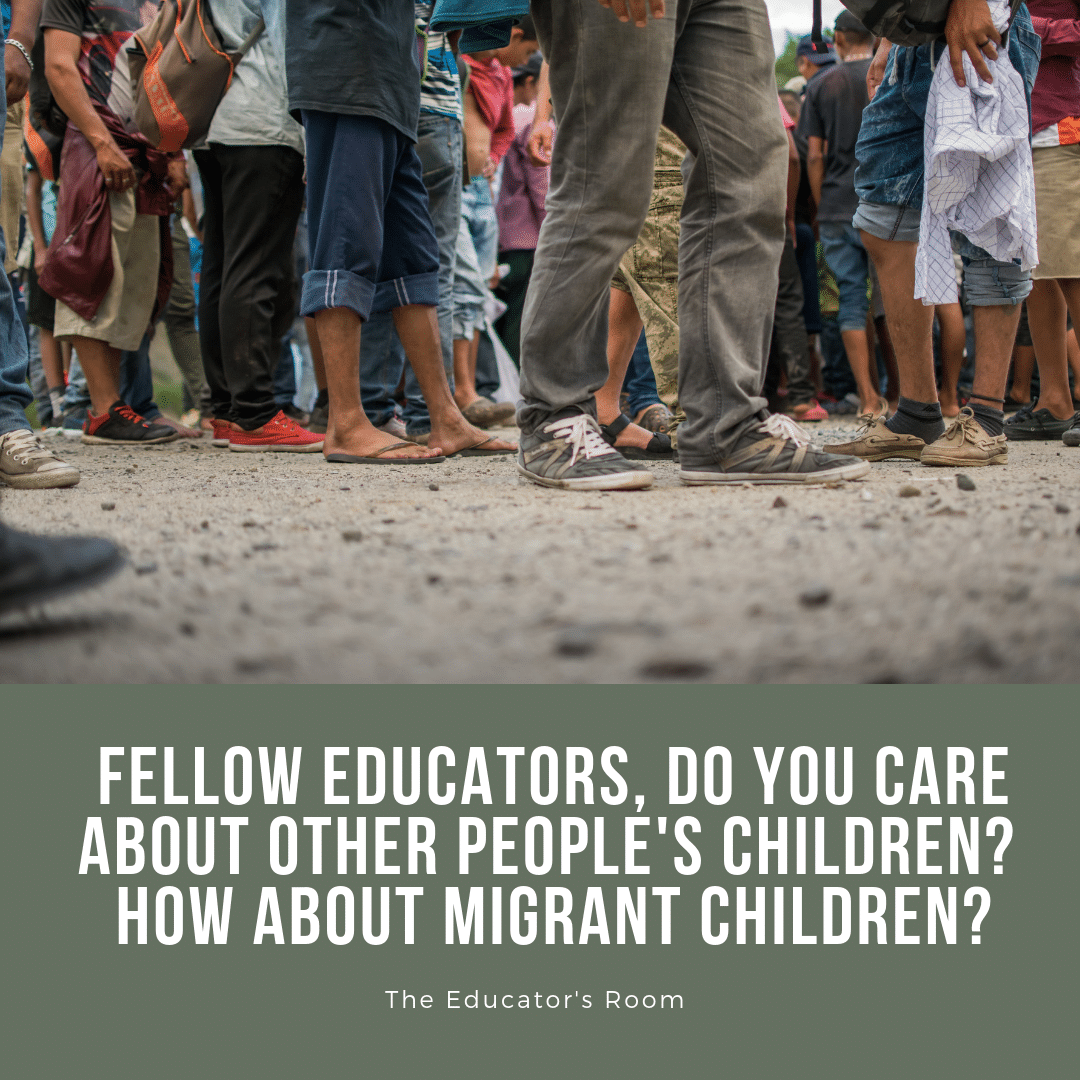Fellow educators, you have made a career centered around giving to children. You have worked diligently to become an expert in your curriculum, designing dynamic lessons while connecting to the whole child. You might even call the students on your rosters, “your kids.” With your compassion for other people’s children as a focus, I ask […]
Gallery
Engaging Students In Spelling List Studying
[fusion_builder_container hundred_percent=”yes” overflow=”visible”][fusion_builder_row][fusion_builder_column type=”1_1″ background_position=”left top” background_color=”” border_size=”” border_color=”” border_style=”solid” spacing=”yes” background_image=”” background_repeat=”no-repeat” padding=”” margin_top=”0px” margin_bottom=”0px” class=”” id=”” animation_type=”” animation_speed=”0.3″ animation_direction=”left” hide_on_mobile=”no” center_content=”no” min_height=”none”] I am proud to announce that Stewart the Spelling Minion will join our classroom this year. I’ve already introduced Gilligan in a previous piece, who helps with social studies retention. Gus […]

